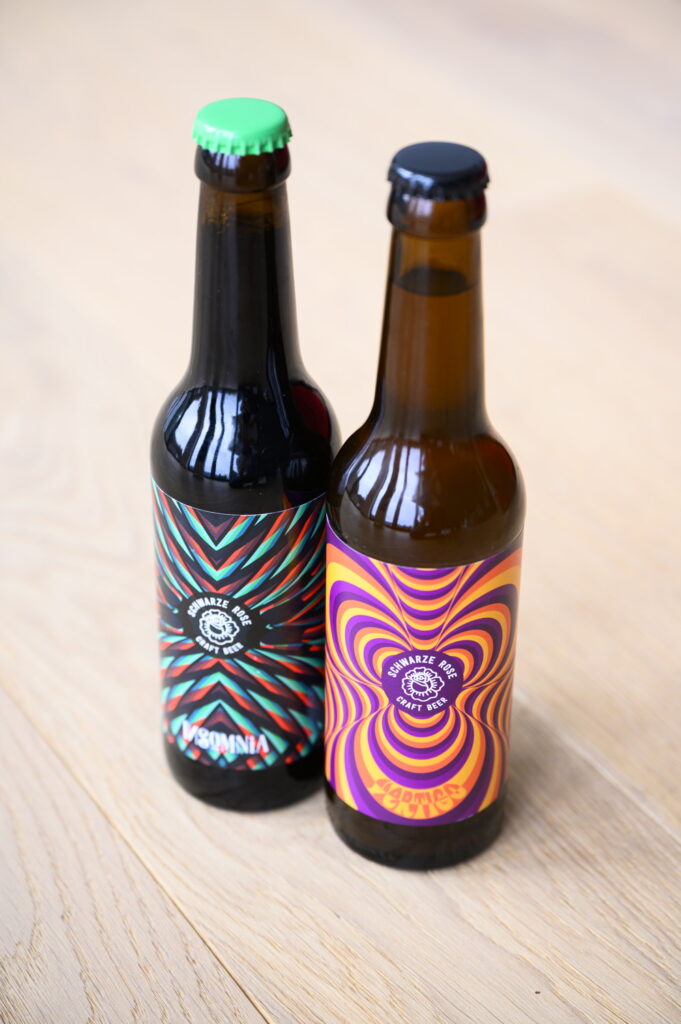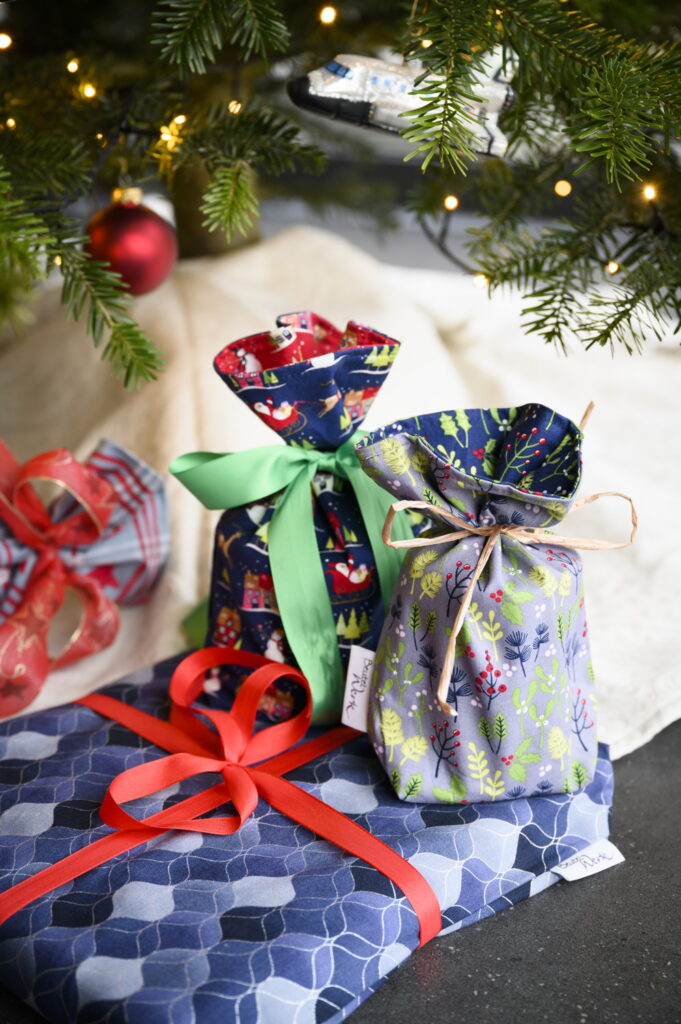The whole business of flying airplanes around the world had quite a bit of headwind this year, as the concept of “flight shame” has influenced travel choices on a personal level and in businesses and governmental organizations. The social pressure related to the purportedly immense impacts of air travel on the environment has led to “a reluctance to travel by air, or discomfort at doing so, because of the damaging emission of greenhouse gases and other pollutants by aircraft” (Oxford Dictionary).
Avoiding one round-trip transatlantic flight a year reduces one’s annual carbon footprint by 1.6 tons of CO2, about the same as buying green energy and twice as much as adopting a plant-based diet, yet only by 2.7% of the *yearly* reduction in CO2 by having one fewer child (Wynes & Nicholas, Environmental Research Letters, 2017). Without any children in a country where families on average have 1.5 and flying 30 round-trip transatlantic flights per year for work and vacation, I’m still reducing my carbon footprint by more than 40 tons of CO2 each year (I also live in a very energy-efficient house with 100% LED lighting, buy green energy, wash most of my clothes in cold water and hang-dry them, and work very hard on reducing car use).
I won’t get into arguments about why air travel is okay (because others cause so much more damage) or not, but I do want to stress that the aviation industry is one doing its utmost to improve its ecological footprint. Everyone in the industry – from the engineers designing the planes to the pilots operating them – is constantly working on reducing emissions, increasing efficiency and making air travel more sustainable. For me, this continues outside of the cockpit, where I make conscious decisions to reduce my negative impact on the planet as best as possible.
With Christmas nearly upon us, I’d like to share my ideas on how to make the holiday season more sustainable by thinking about and changing the way we gift.
Personalized Art
Instead of buying something that will quickly fall out of favor (as objects tend to do), give something made just for the person you are giving it to. It doesn’t have to be big or even a physical piece of art. Digital art forms may be the most sustainable (just consider the energy use in their production). I recently received this illustration from CTKVI. Based on a photo of myself sitting in the cockpit of the Airbus A320, it’s a really cool image that I can use as a unique profile picture on social media – so cool that people have actually already stolen it for their own profiles!

Food & Drink #1 – buy local
Everyone needs to eat and drink. Indulgence, that is the pleasure coming from top-quality, handmade food, is part of what makes us human. It’s often lost in the daily grind, but the holidays are a time to remember the joy mindful eating and drinking can bring. The gift of edible delicacies can be very sustainable. When you support local producers, you are investing directly in your own community while greatly reducing emissions. And when your gifts have been eaten and drunk, no more space is required to store them. If you avoid packaged food (or at the minimum plastic), even disposal becomes sustainable.

Food & Drink #2 – crowdfarming
Some of the food we enjoy is produced further away, but we don’t need to support big agriculture and accept long transport chains with poor food quality when we would like to have almonds, avocados, citrus, coffee or dozens of other products. With crowdfarming, you can adopt a tree, an animal or part of a garden and receive fresh food directly from the farmer who cultivates it. This cuts down on food waste and ensures that the profits primarily benefit the producer and not some middleman. There are several platforms that provide access to crowdfarming projects and you can easily gift adoptions through them. A few months ago, I adopted an almond tree in Baúl, Spain, and just this week received a box with 3 kg whole almonds and 600 g almond flour. The real sustainability sets in when the adoption becomes long-term: In one year, I will again receive the almonds from my tree and ensure that the farmer has a projectable income!

Used instead of new
Who ever said that everything we buy or receive needs to be new? In selling my own used goods on online platforms like eBay, I have noticed a steady decline in the interest in pre-owned things in the past years. It seems that only factory-new is acceptable, as can be evidenced by online giants like Amazon destroying inexpensive returns and reselling the more expensive ones at significantly reduced prices (“warehouse deals”). When we realize that we should only own what truly sparks joy (Marie Kondo), we can give those things we no longer need or want to friends and family who do. Just don’t use your social circle as a real-life garbage can! Throw away whatever is broken and give the rest to thrift stores if you don’t know anyone that’s interested. And while you’re there, perhaps you’ll find the perfect gift. Extending the life cycle of products instead of buying new may just be one of the most sustainable things you can do!
Sustainable wrapping
Think about your last birthday or holiday gifting debauch. Do you remember mountains of wrapping paper, ribbons, plastic and styrofoam littering the floor? While ribbons can be reused, wrapping paper usually ends up torn and is thrown away. Since it often contains plastic coating, it cannot be recycled. A wonderful alternative is to make (or buy) reusable wrapping made of colorful fabrics. The most sustainable way of doing this is by using scraps from materials that can no longer fulfill their original purpose (clothing, curtains, tablecloths) – bonus points if they’re made from organic renewable sources. I recently bought a set of four beautiful sustainable gift bags on a Christmas market, supporting a local business and vowing to protect the environment a little more each time I give a present.

Nobody’s Perfect
When it comes to saving the planet and living a more sustainable life, I remind you that nobody is perfect. Some people manage to live a zero-waste life without a car while eating 100% organically farmed food, others do their best by choosing one fight from many – opting for the choice with less plastic, turning off the lights they don’t need, staying at home in their vacation time, or collecting garbage in their neighborhood – and yet others can barely manage their daily business without fretting about their ecological impact. Let’s not judge and all do what we can to make this planet one that future generations will enjoy living on. I hope I’ve inspired you with my personal take on how to do this in the holidays.

